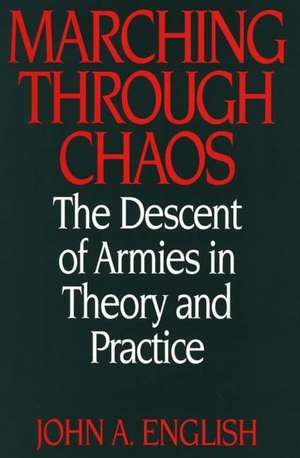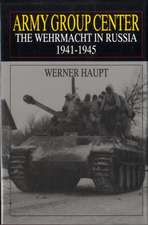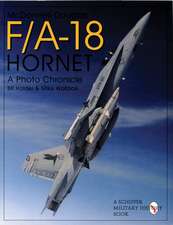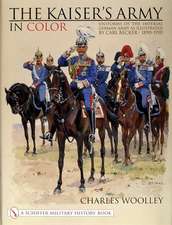Marching through Chaos: The Descent of Armies in Theory and Practice
Autor John A. Englishen Limba Engleză Hardback – 8 dec 1996 – vârsta până la 17 ani
| Toate formatele și edițiile | Preț | Express |
|---|---|---|
| Paperback (1) | 237.90 lei 6-8 săpt. | |
| Bloomsbury Publishing – 25 mai 1998 | 237.90 lei 6-8 săpt. | |
| Hardback (1) | 461.69 lei 6-8 săpt. | |
| Bloomsbury Publishing – 8 dec 1996 | 461.69 lei 6-8 săpt. |
Preț: 461.69 lei
Preț vechi: 608.82 lei
-24% Nou
Puncte Express: 693
Preț estimativ în valută:
88.42€ • 91.10$ • 74.07£
88.42€ • 91.10$ • 74.07£
Carte tipărită la comandă
Livrare economică 24 februarie-10 martie
Preluare comenzi: 021 569.72.76
Specificații
ISBN-13: 9780275946579
ISBN-10: 0275946576
Pagini: 232
Dimensiuni: 156 x 235 x 14 mm
Greutate: 0.5 kg
Ediția:New.
Editura: Bloomsbury Publishing
Colecția Praeger
Locul publicării:New York, United States
ISBN-10: 0275946576
Pagini: 232
Dimensiuni: 156 x 235 x 14 mm
Greutate: 0.5 kg
Ediția:New.
Editura: Bloomsbury Publishing
Colecția Praeger
Locul publicării:New York, United States
Notă biografică
JOHN A. ENGLISH is the author of the classic first edition of On Infantry (Praeger, 1984) and of The Canadian Army and the Normandy Campaign (Praeger, 1981). He currently teaches for the Royal Military College at Kingston, Ontario and is the editor of a new Praeger series, War Studies.
Cuprins
Introduction: The Province of ChaosDrum Taps: The Emergence of the Mass ArmyRed Horse: The Transmutation of WarStaff and Steel: The Transformation of WarfareShield of Blows: The Refinement of DefensePale Horse: The Frangibility of DeterrenceReturning Echoes: The Perdurability of Ground ForcesEpilogue: The Conventional ImperativeSelect BibliographyIndex

















